A major exhibition of contemporary Japanese art in Carrara, from Nagasawa to Superflat
From April 9 to June 26, 2022, the halls of Vôtre Spazi Contemporanei at Palazzo del Medico in Carrara are hosting The Red Dot exhibition, curated by Nicola Ricci and Federico Giannini, with critical text by Federico Giannini and sponsored by the Embassy of Japan in Italy. The Red Dot is an exhibition that brings together about forty works by fifteen contemporary Japanese artists. The selection includes works of sculpture and painting by historicized, mid-career and emerging artists, with the aim of providing the public with an overview of current trends in Japanese art. The artists in the exhibition are Takako Hirai, Misaki Kawai, Ayumi Kudo, Fumitaka Kudo, Kazumasa Mizokami, Tomoko Nagao, Hidetoshi Nagasawa, Maki Nakamura, Yoshin Ogata, Akiko Saheki, Yuji Sugimoto, Isao Sugiyama, Sisyu, Kenji Takahashi, and Kan Yasuda.
The Red Dot: Red recalls the color ofHinomaru, the “sun disc” that stands in the center of the flag of Japan, while dot, literally “point” in English, is meant to be, in addition to a further reference to the shape ofHinomaru, also a kind of statement of intent. Thus establishing a fixed point, without claiming to be exhaustive, in order to make an initial reconnaissance, a bird’s-eye view ofmodern-day Japanese art, at a historical moment in which Japanese productions are beginning to resurface decisively on the market, thanks in part to a new generation of artists who, working on the lesson of the great masters (some of whom are present in the exhibition: Kazumasa Mizokami, Maki Nakamura, Hidetoshi Nagasawa, Yoshin Ogata, Kan Yasuda) and absorbing the country’s typical aesthetics, give rise to exceedingly interesting results.
Vôtre’s exhibition aims to cast a glance at the productions of a number of important modern-day Japanese artists, directing the investigation along three lines: contemporary Japanese sculpture (particularly marble sculpture), art related to Japan’s pop culture, and the productions of illustrators and artists more closely linked to tradition. The aim is to bring out the richness of a panorama that, from the 1960s-1970s to the present, has not ceased to renew itself, looking to Western productions but never losing its connection with tradition and thus arriving at results of absolute originality.
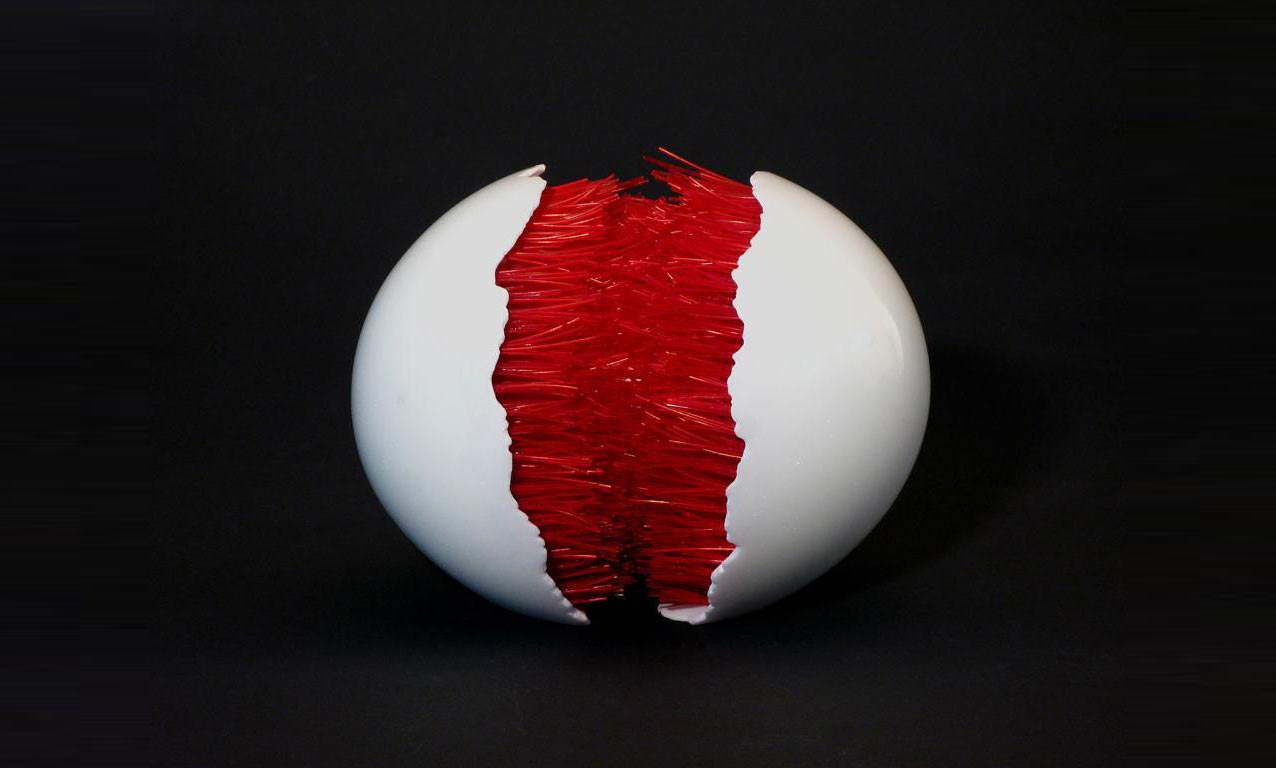
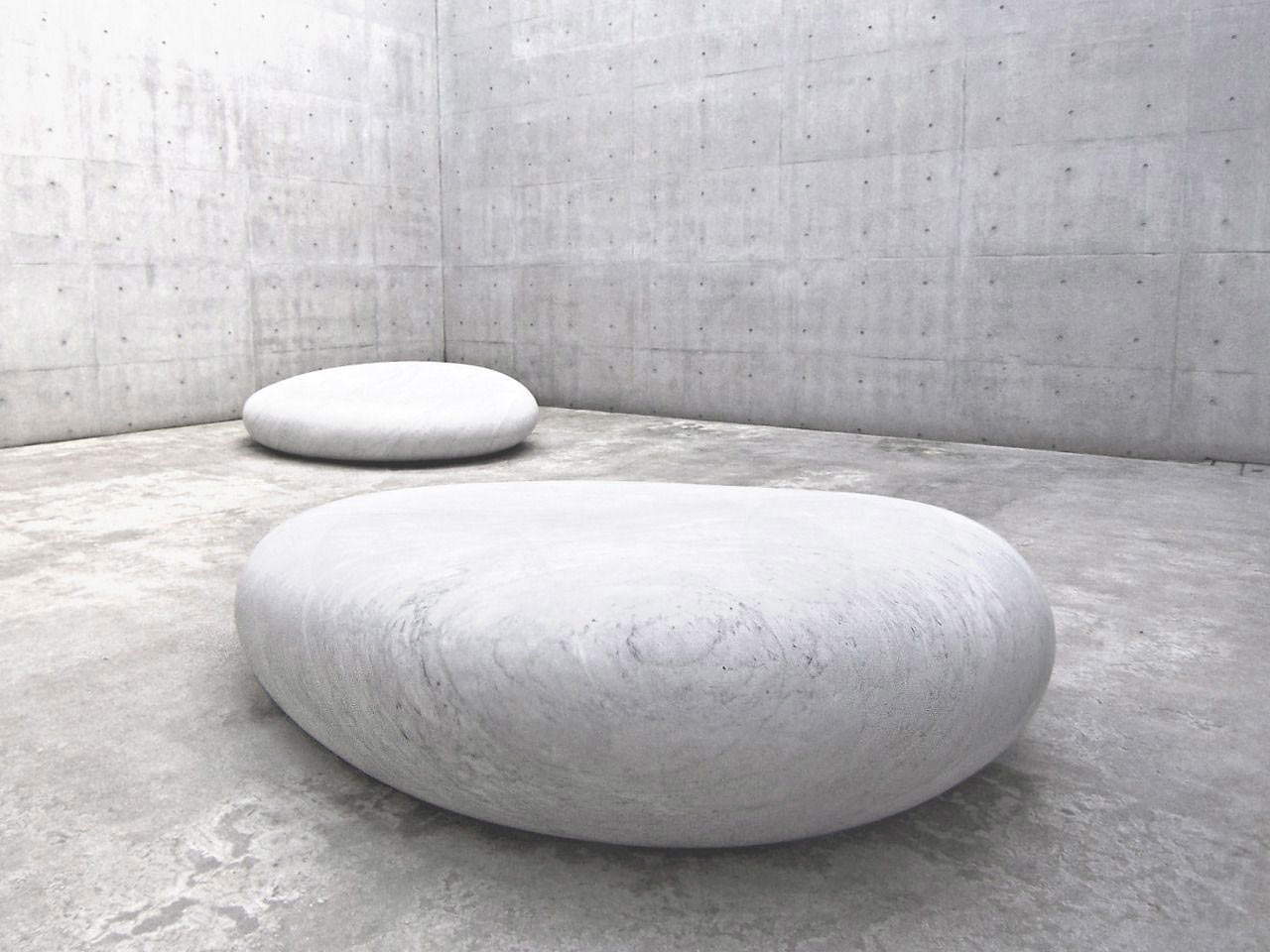
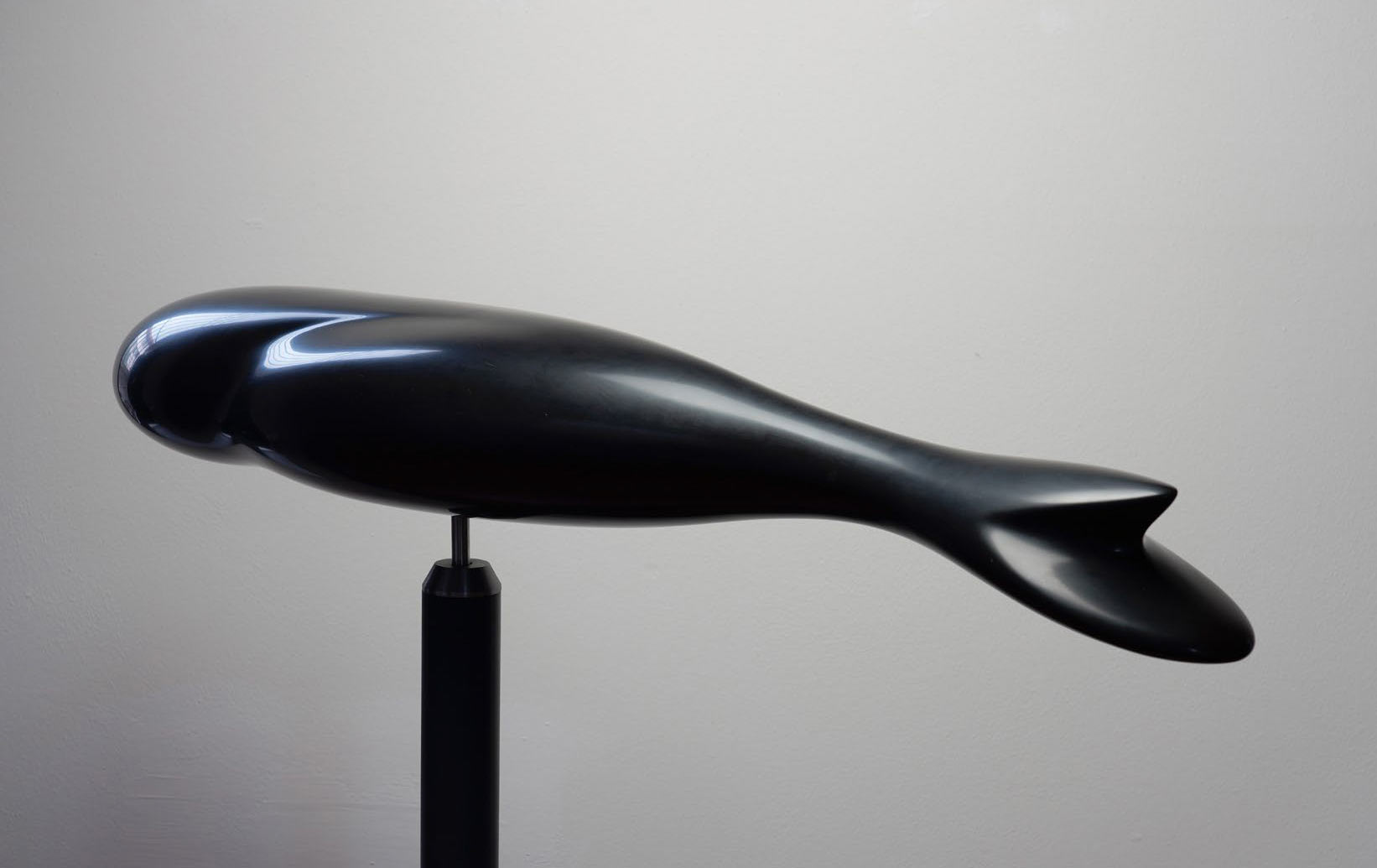
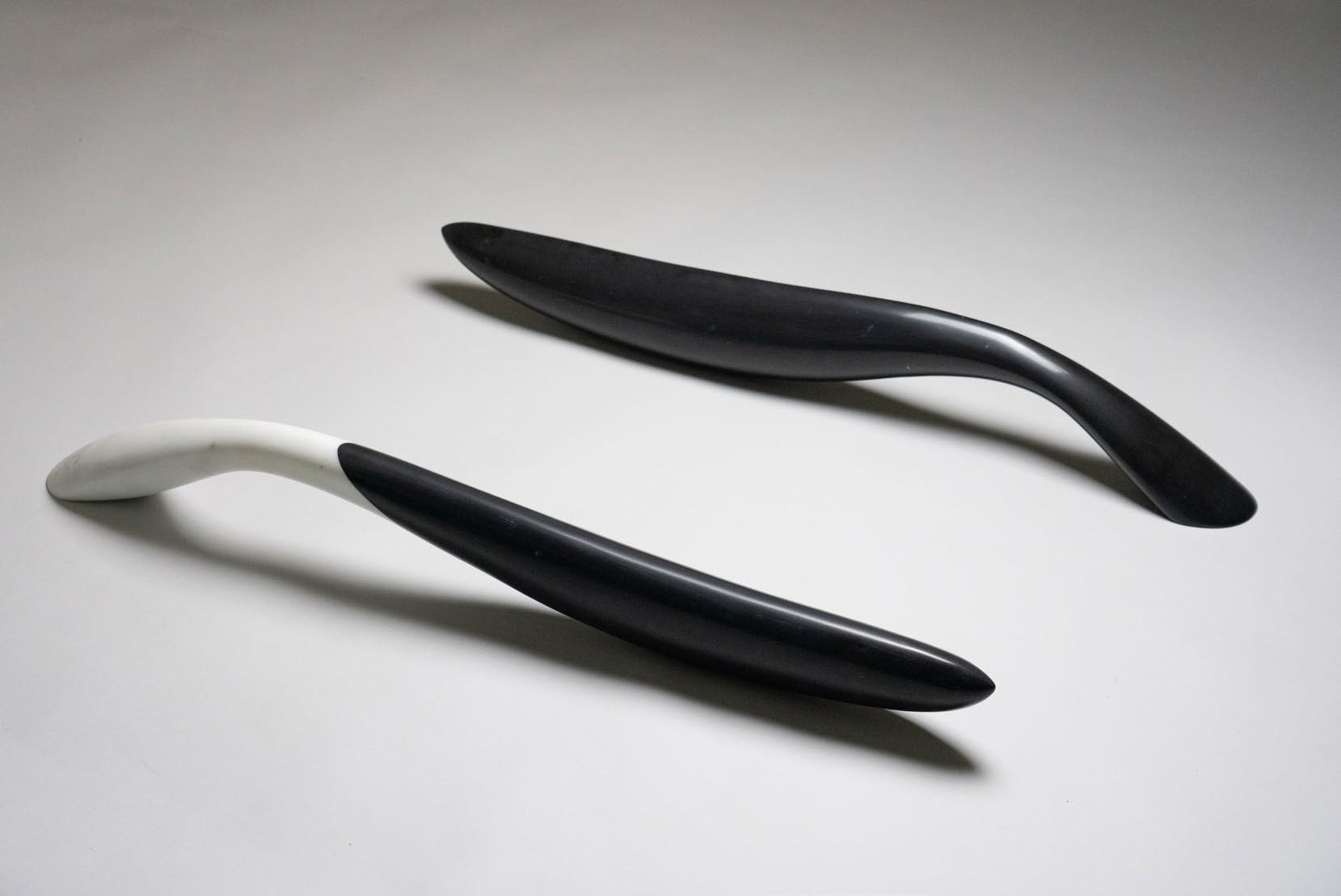
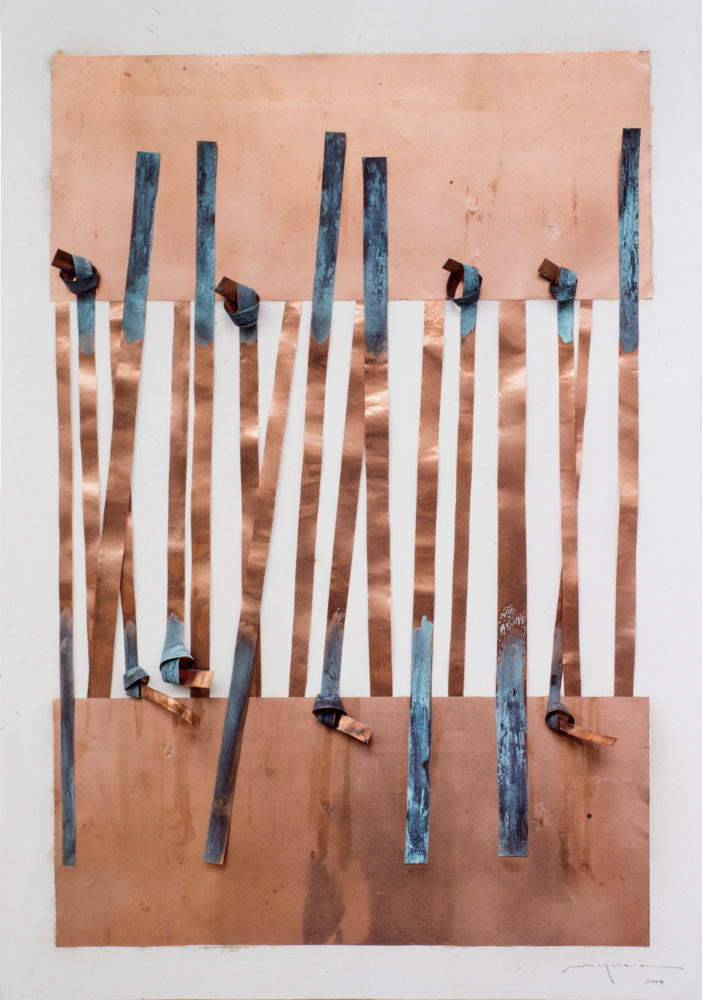
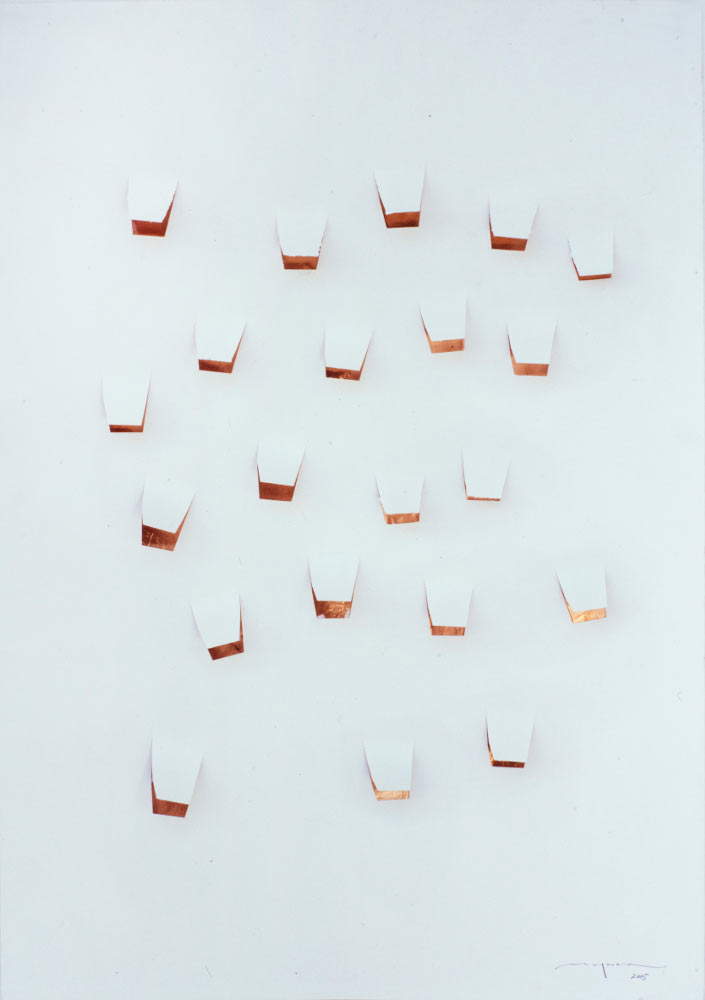

“At a time when contemporary Asian art is commonly associated with Chinese and Korean productions, even in our country, the Japanese scene actually remains very vital,” say curators Ricci and Giannini. " The exhibition The Red Dot therefore aims to provide the public with some insights into this vibrancy, without, of course, setting out to give visitors a comprehensive view of what Japan in the arts can offer today, since the panorama is much broader. However, a representative selection has been made of some of the major trends that emerged several decades ago and continue to inform current developments in art in Japan. Not for a long time has there been an exhibition on Japanese art with these objectives and of this scope. In addition, a special focus, since the exhibition is being held in Carrara, has been devoted to sculpture in marble, a material highly valued by Japanese sculptors active in Italy, who have expanded the possibilities for expression that marble offers."
The artists
Takako Hirai (Kumamoto, 1975), a mosaicist, works with a meditative approach that draws on ancient Japanese philosophies to grasp the secrets behind nature. Misaki Kawai (Okawa, 1978) creates installations that make use of a wide variety of materials (from fabric to wood, from adhesives to felt), creating works that draw on the Heta-uma movement, whose aesthetics her works are inspired by. Ayumi Kudo (Okayama, 1980), long active in Italy, is a leading exponent of contemporary Japanese minimalist illustration. Fumitaka Kudo (Niigata, 1981) applies the minimalism typical of Japanese culture to sculpture, working marble into fluid forms reminiscent of the sea world. Kazumasa Mizokami (Arita, 1958) is one of Japan’s leading contemporary ceramicists, who interprets traditional Imari ceramics with originality, resulting in colorful works.
Tomoko Nagao (Nagoya, 1976) is one of the leading names in the Superflat aesthetic, one of the best-known movements in contemporary Japanese art. Hidetoshi Nagasawa (Tonei, 1940 - Ponderano, 2018) was the artist who hybridized Zen culture and motifs typical of ancient Japanese knowledge to the Western approach, distinguishing himself above all by his gardens, real organisms that today animate many of the most important international venues of contemporary art. Maki Nakamura (Yamaguchi, 1947), sculptor, reinterprets the elements of nature with her works in marble. Yoshin Ogata (Miyazaki, 1948), one of the great masters of contemporary Japanese sculpture, has become famous for his works with fluid forms inspired by the movements of water. Akiko Saheki (Tokyo, 1986) is one of the emerging names in Japanese illustration today. Yuji Sugimoto (Nara, 1986) blends traditional techniques and the aesthetics of modern Japan, that of manga and anime, to create fantastical figures. Isao Sugiyama (Shimizu, 1954) is famous for his marble shrines that have now become an ode to Zen culture. Sisyu is one of Japan’s leading contemporary calligraphic artists, the first officially recognized by the government of Japan. Kenji Takahashi (Kitagata, 1957), another exponent of Zen thought, works on a motif typical of Japanese culture, that of repair, creating sculptures where fractures and stitching take center stage. Kan Yasuda (Bibai, 1945), on the other hand, is distinguished for his philosophical sculpture that goes beyond minimalism and cannot be framed in any current, with pure, smooth, round forms that have had great influence on artists of later generations.
Practical information
The Red Dot can be seen at Vôtre Spazi Contemporanei (Palazzo del Medico, Piazza Alberica 5, Carrara) Tuesday through Saturday from 3:30 to 7:30 p.m., April 9 to June 26. Opening open to all on Saturday, April 9, from 6 to 9 p.m. The exhibition is free admission. For information call +39 3384417145, email associazionevotre@gmail.com or visit https://www.votrespazicontemporanei.it.
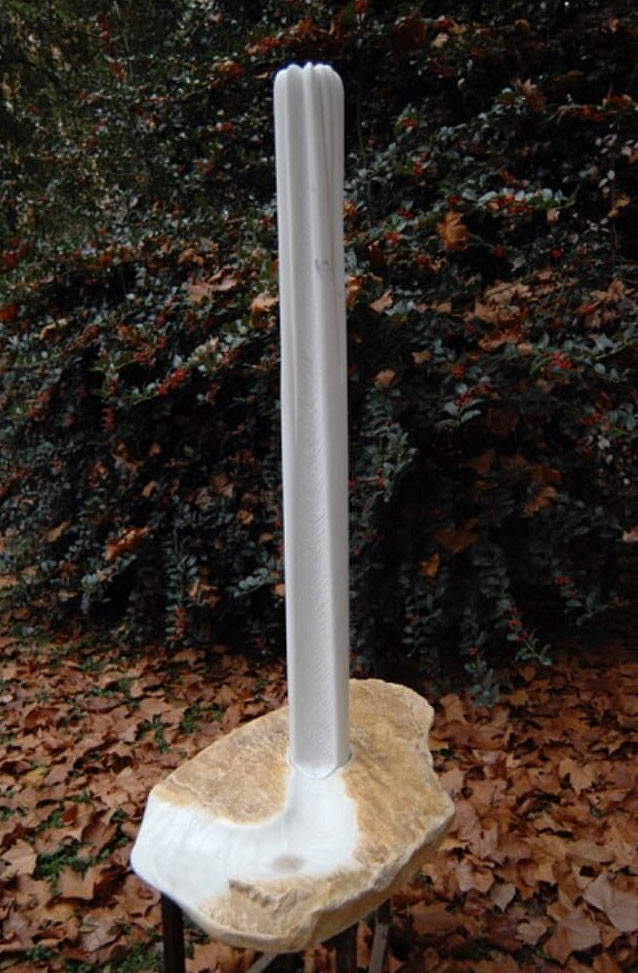
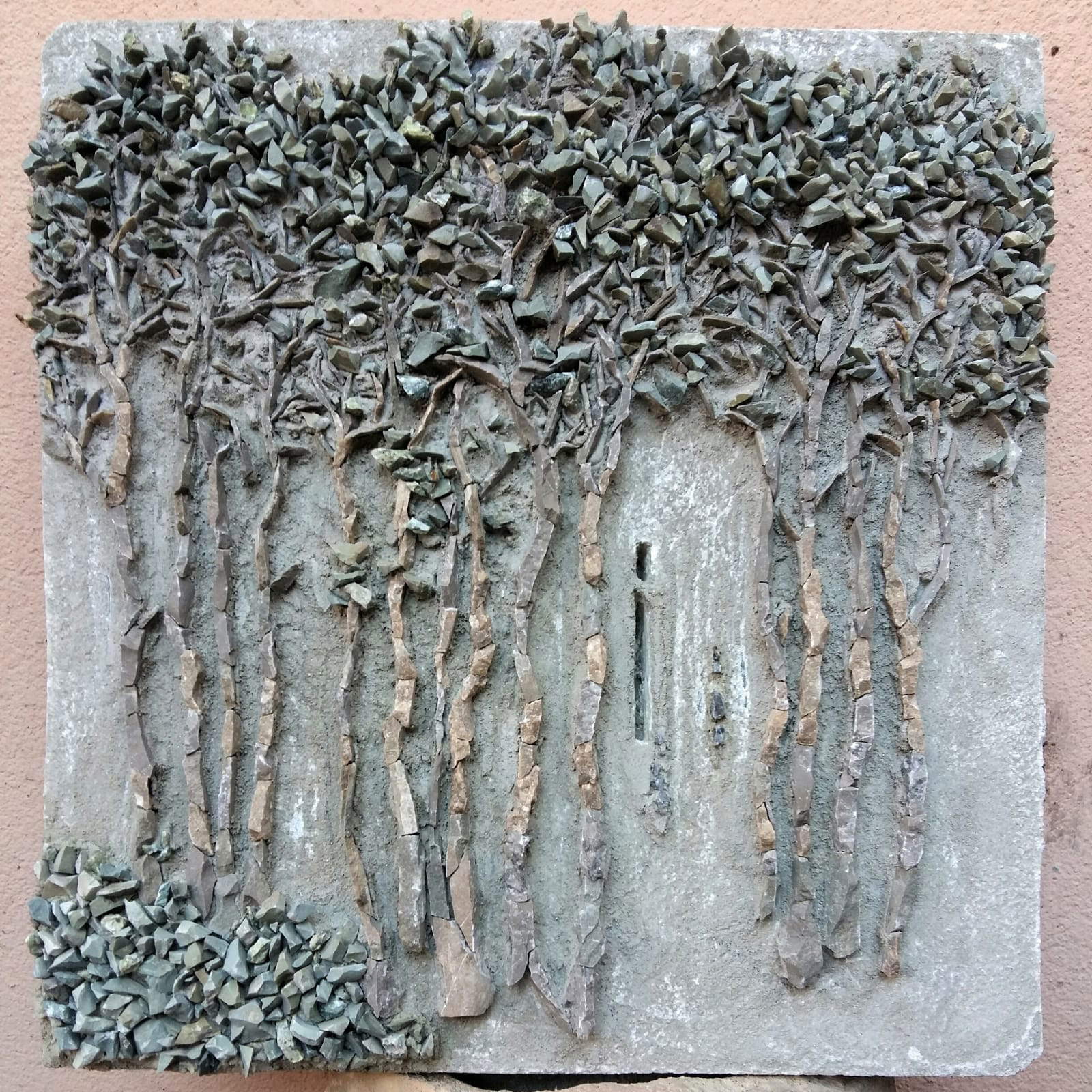
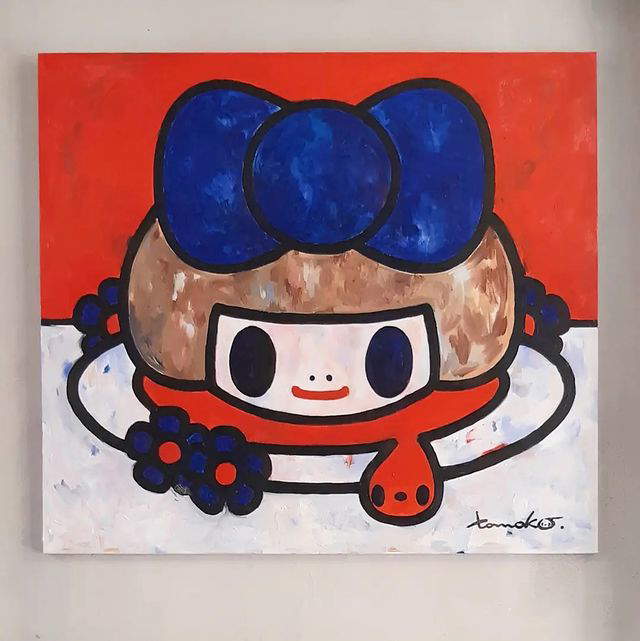
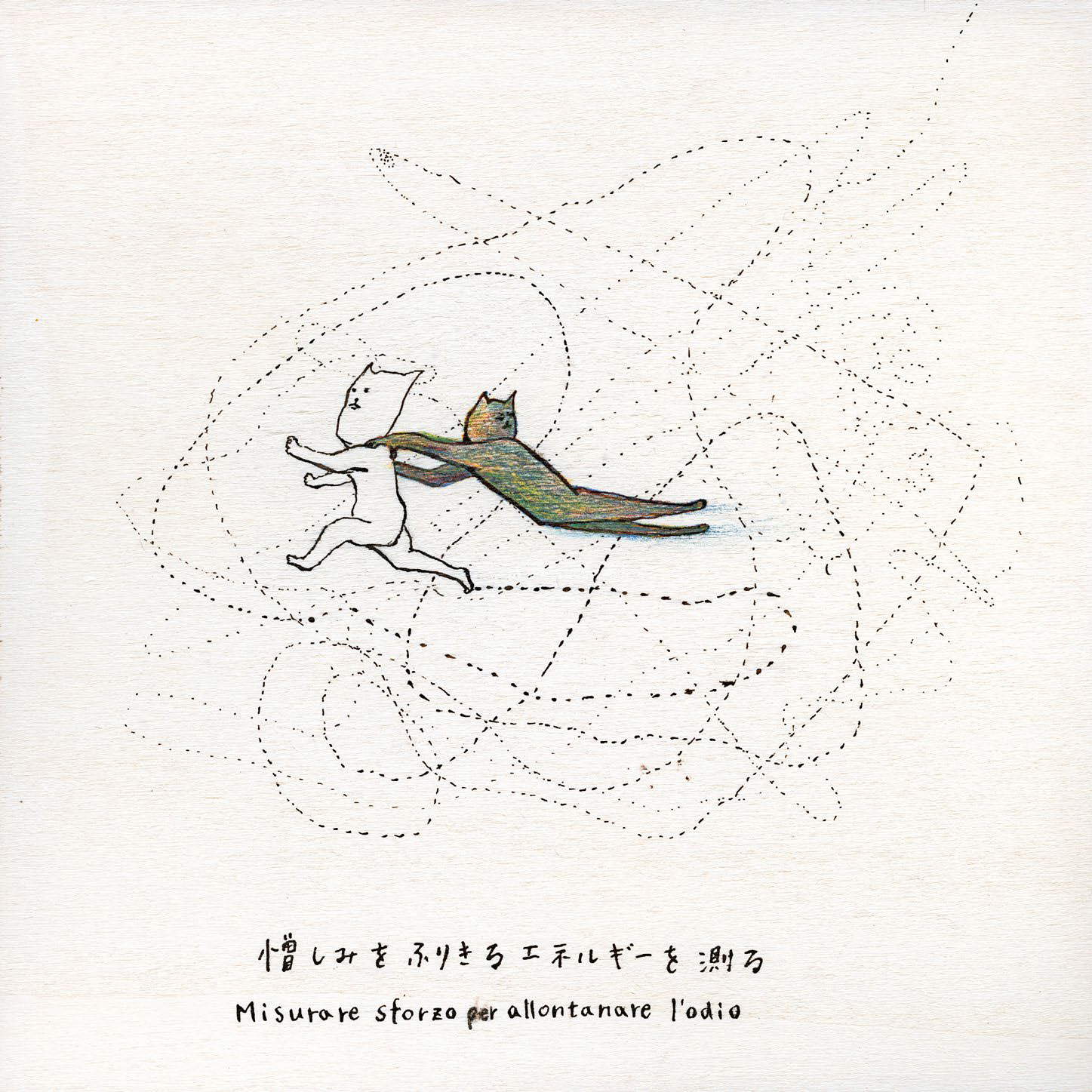
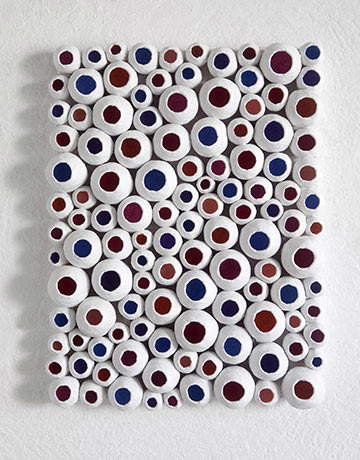
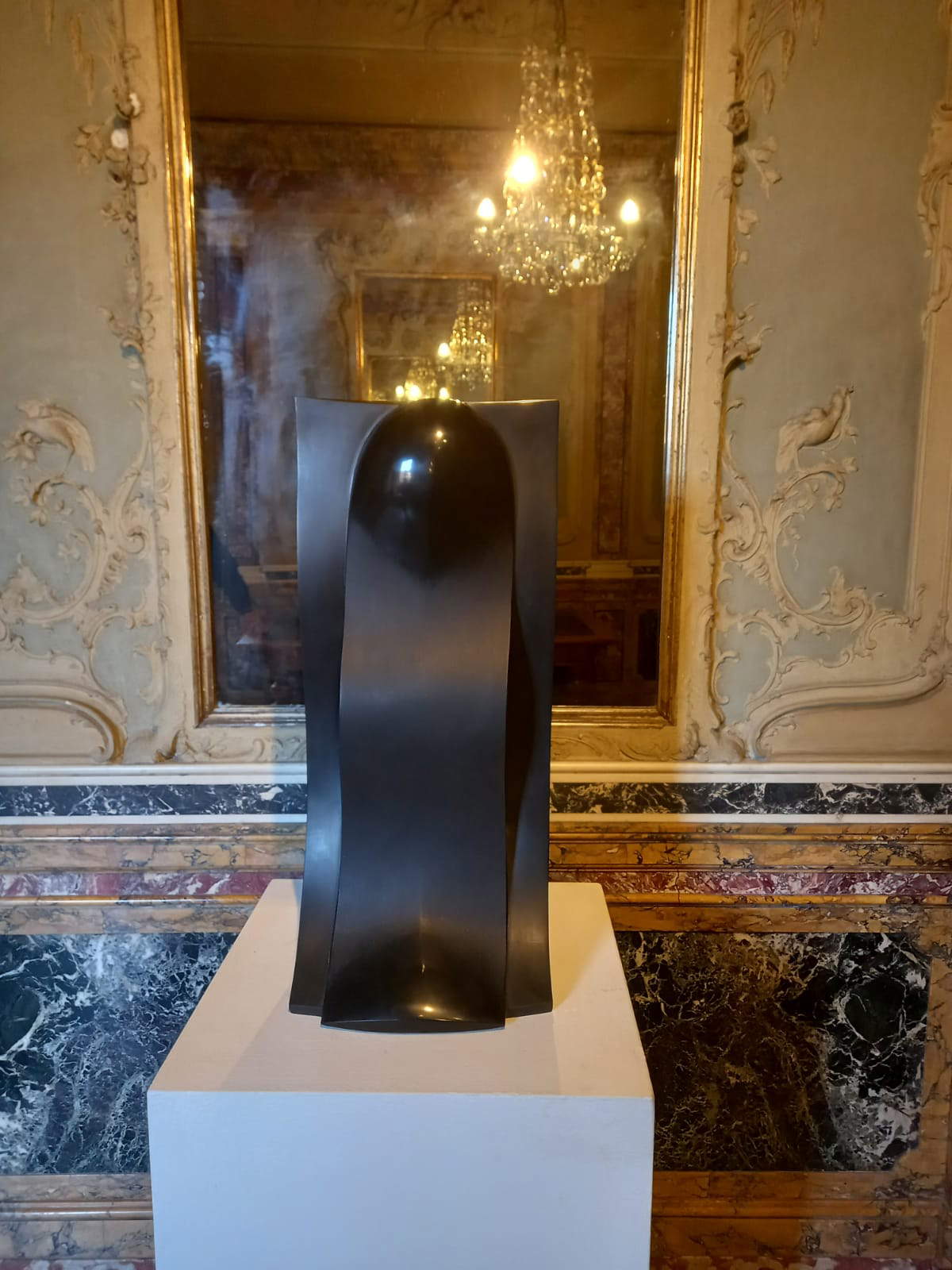
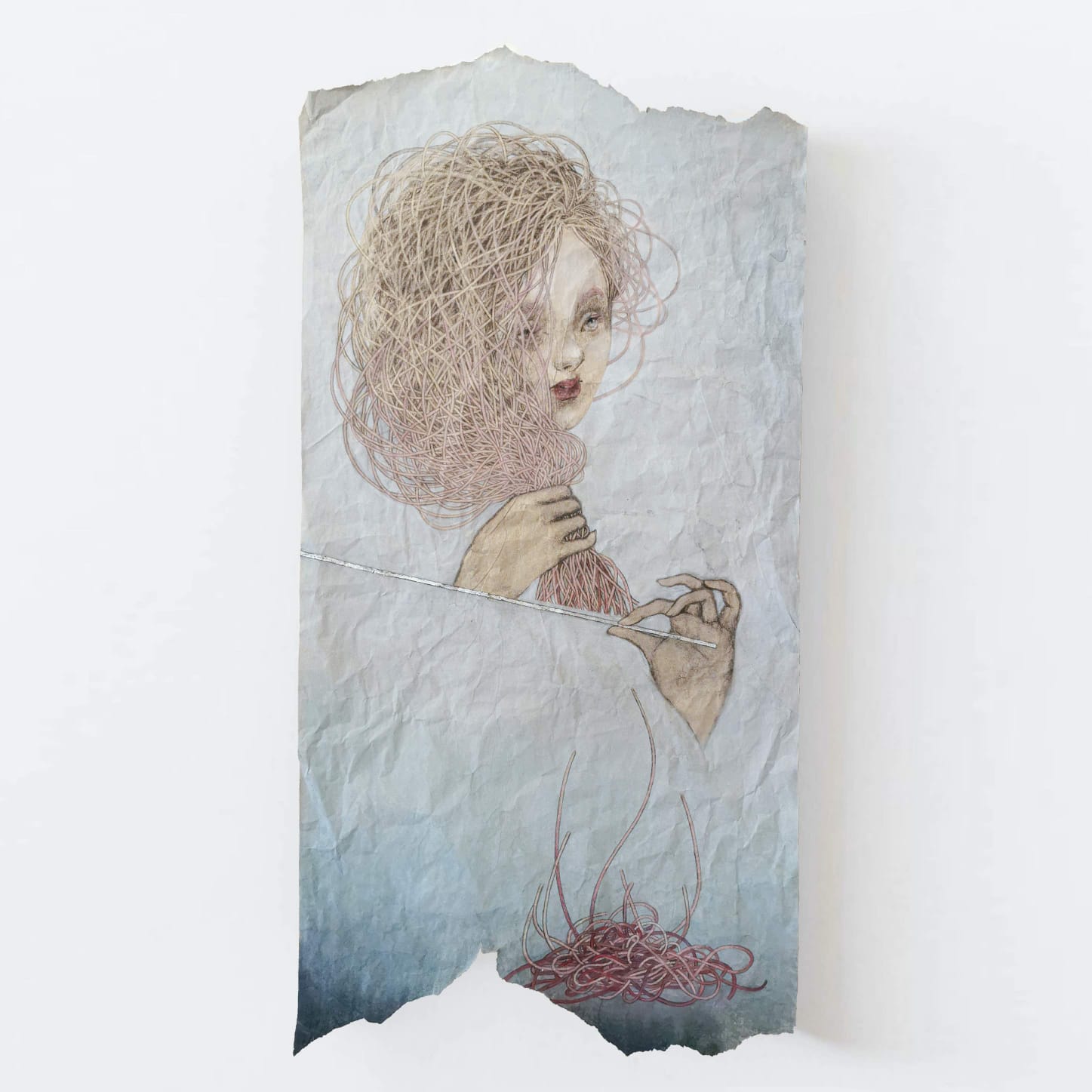
 |
| A major exhibition of contemporary Japanese art in Carrara, from Nagasawa to Superflat |
Warning: the translation into English of the original Italian article was created using automatic tools. We undertake to review all articles, but we do not guarantee the total absence of inaccuracies in the translation due to the program. You can find the original by clicking on the ITA button. If you find any mistake,please contact us.




























